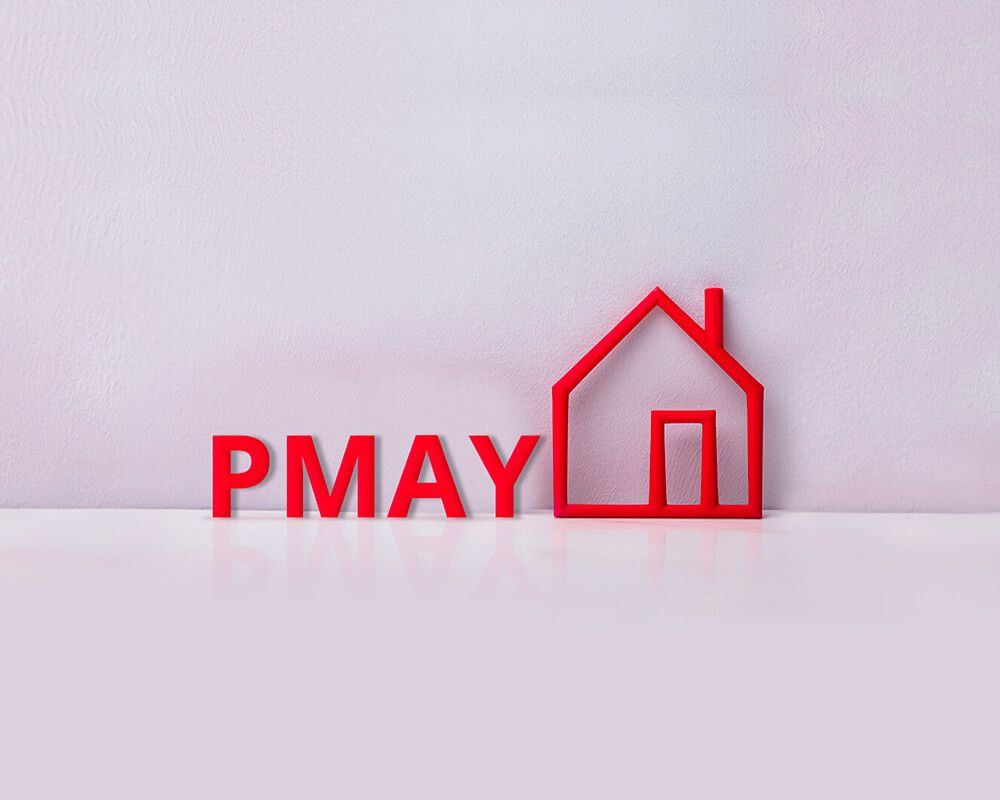Important Things to Know About the PM Awas Yojana Scheme
Posted on November 25th, 2019
Pradhan Mantri Awas Yojana, also known as PMAY, is a Government-backed scheme launched in 2015 that intends to provide high-quality, yet affordable residential units to every citizen in India. The main focus is to provide inexpensive yet high quality housing facilities to urban poor across the nation.
The scheme intends to build around 20 million houses for the urban poor by the end of its projected deadline.Candidates eligible for Pradhan Mantri Yojana are provided with necessary financial support as home loans that help them fulfil the need of producing a residential property.

Eligibility Criteria for PMAY –
Candidates are segregated in different sections based on their annual income. The sections are –
Economically weaker section (EWS)/ Lower Income Group (LIG) – Applicants with an annual household income between Rs. 3 Lakh and Rs. 6 Lakh are categorised as EWS and LIG. Their loan amount shouldn’t exceed beyond Rs. 6 Lakh.
Middle Income Group 1 (MIG 1) – Individuals with annual household income between Rs. 6 Lakh and Rs. 12 Lakh are considered as MIG 1. They are allocated a maximum of Rs. 9 Lakh as advance.
Middle Income Group 2 (MIG 2) – Income of Rs. 12 Lakh to Rs. 18 Lakh and loan amount shouldn’t exceed beyond Rs. 12 Lakh.
Advantages of PMAY –
There are several benefits of PMAY; these include –
- High subsidy for lower-income groups.
- Competitive interest rates make the EMIs affordable.
- Eco-conscious standard is implemented for house construction.
- Preference for female, retired and physically disabled people.
Candidates eligible to avail loans under Pradhan Mantri Awas Yojana can enjoy these benefits. The government scheme covers a large group of citizens by segregating them in different groups and providing them with the needful housing opportunities based on their annual income.